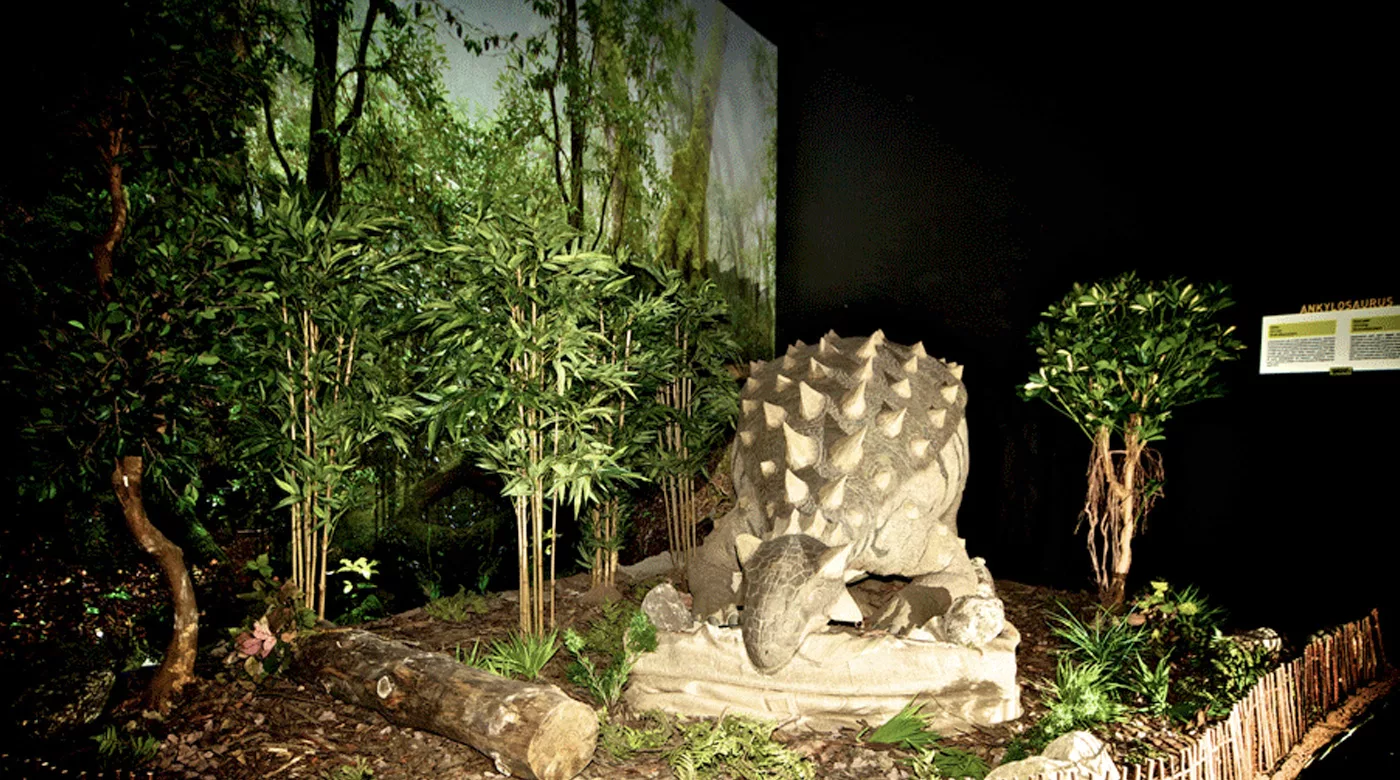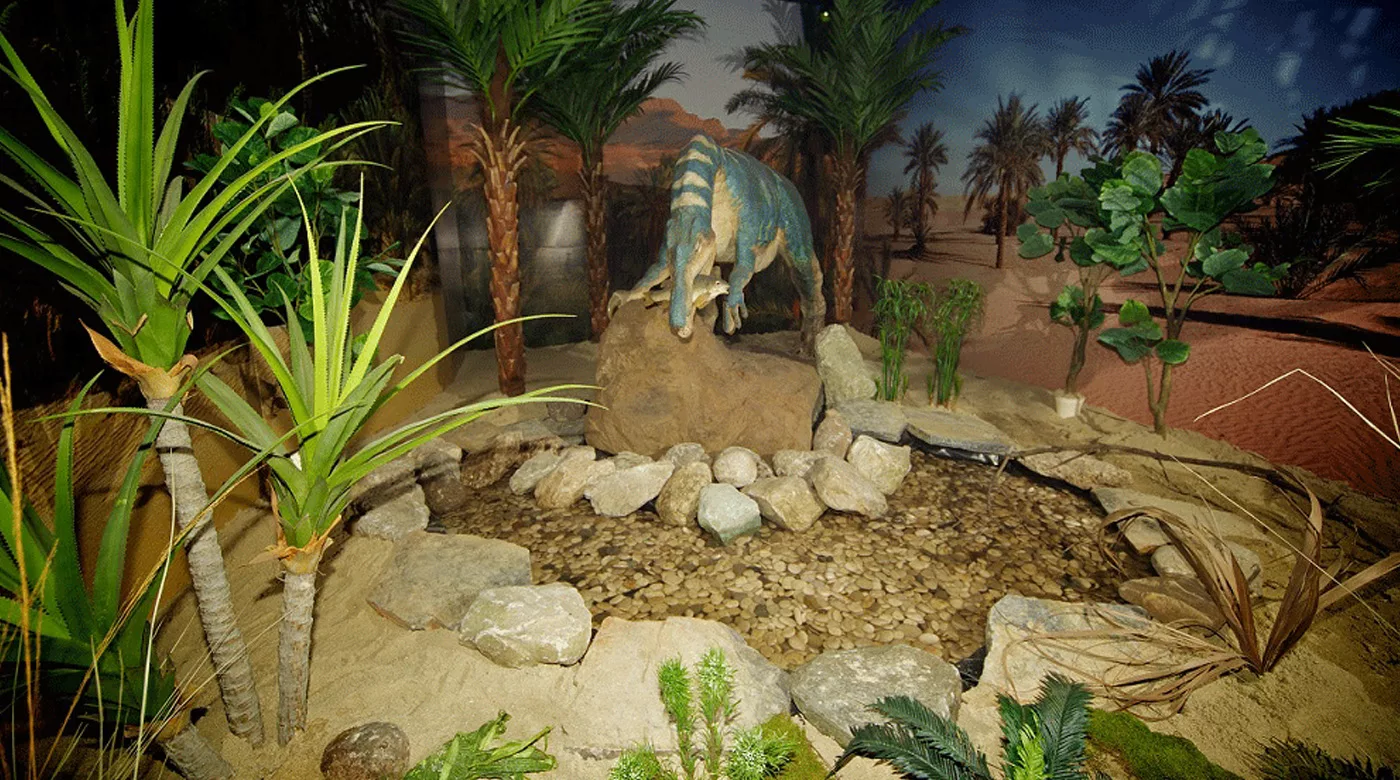

Artificial Plant Arrangement
A trending practice to bring the tranquility and aesthetics of nature into our indoor and outdoor spaces is the combination of artificial plant arrangement and architectural design. Here are the highlighted points regarding the advantages of this union:
Artificial Plant Arrangement:
Aesthetic Diversity: Artificial plants of different colors, types, and sizes contribute to aesthetic diversity in designs, bringing the beauty of nature into indoor and outdoor spaces.
Cyclical Use: Artificial plants maintain a consistent freshness and greenery effect throughout the year, providing a perpetual vitality to gardens and indoor environments.
Low Maintenance: Offering low maintenance costs, artificial plants eliminate the need for regular watering or fertilizing, making them a practical choice compared to real plants.
Indoor Usage: Specially designed arrangements of artificial plants create an aesthetic atmosphere within indoor spaces.
Use of Artificial Plants in Architecture:
Green Walls: Striking architectural elements, green walls created with artificial plants enhance both interior and exterior spaces.
Ceiling Designs: Artificial plants used in indoor ceilings add an organic touch to modern architectural designs.
Outdoor Installations: Integrating artificial plants around garden furniture or outdoor seating areas creates a comfortable and visually appealing space.
Decorative Contours: Artificial plants can be used to emphasize architectural details or frame specific areas, adding depth to the overall design.
When artificial plant arrangement merges with architectural design, it brings the practicality, aesthetics, and low maintenance advantages, effectively infusing the beauty of nature into living spaces.